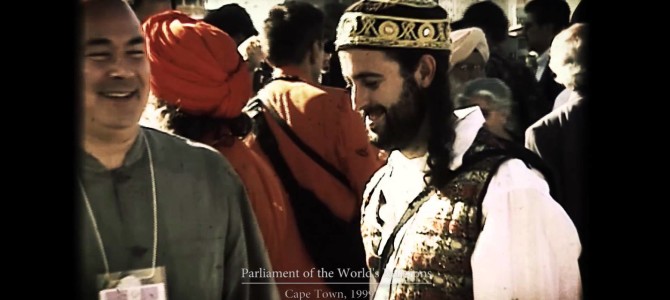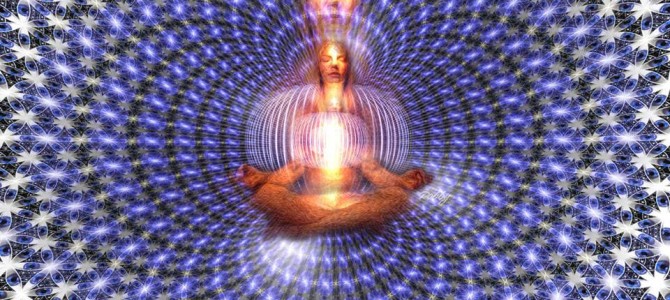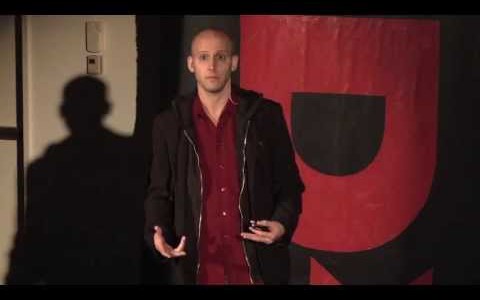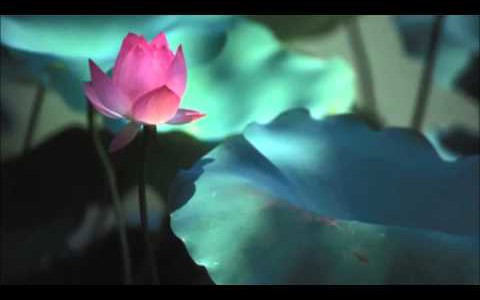The Heart of Faith: The Parliament of the World’s Religions



A visualization from Nassim Haramein: Consider your own body being made mostly of space. Close your eyes and experience the space that you’re made of and the space around you vibrating like a crystal. Then imagine that the rate of…


We’re taught to not deal with negative emotions fully, but to seek ways to distract ourselves from them. Through TV, computers, food, work, drugs, all these are types of addictions, ways of dealing with negative emotions…

![RA “Rain no Water” [Altar Records] – Meditate RA “Rain no Water” [Altar Records] – Meditate](https://firoozehbowden.com/wp-content/uploads/2015/04/ra-rain-no-water-altar-records-m-670x300.jpg)